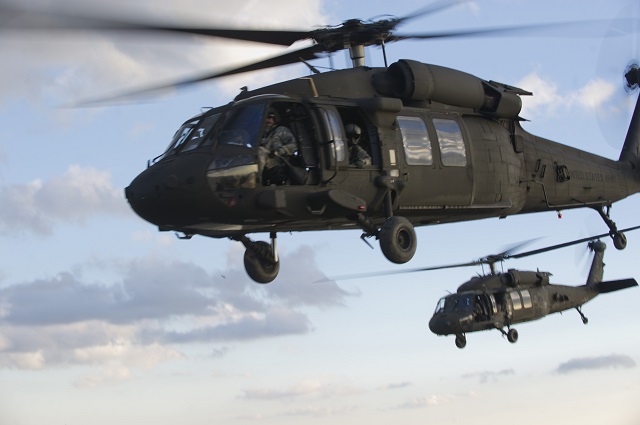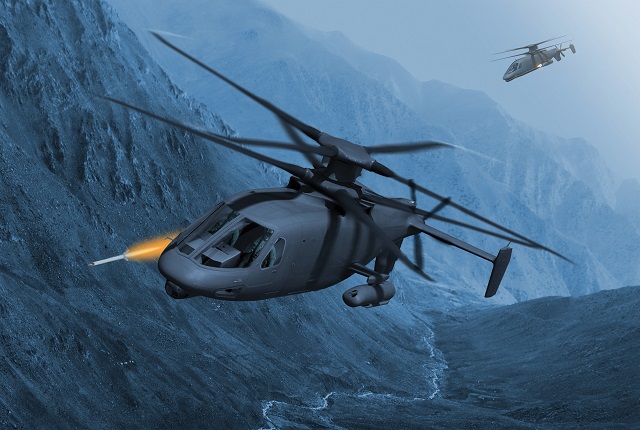One of the competing 3,000shp (2,240kW)-class engines being developed by leading propulsion specialists could eventually power a next-generation light assault rotorcraft being considered by the US Army, despite being procured specifically to re-engine the Boeing AH-64E and Sikorsky UH-60M in the late 2020s.
The $10 billion Improved Turbine Engine Programme (ITEP) is currently in source selection and the army will contract two manufacturers later this year for an extensive technology maturation phase.
The leading contenders are GE Aviation's single-spool GE3000 and the dual-spool HPW3000 being pushed by the Advanced Turbine Engine Company (ATEC), a joint venture between Honeywell and Pratt & Whitney, but there could a third option, likely proposed by Turbomeca.

US Army
The ITEP acquisition seeks 68 engines during development and 6,215 through procurement, according to a recent Government Accountability Office report. But that number could rise if the army proceeds with a single- or twin-engined Future Vertical Lift (FVL) Light rotocraft.
According to the army’s joint FVL/ITEP programme office, ITEP engines will more than likely power a next-generation light attack/reconnaissance rotorcraft, like the one described in the army's "capability set one" request for information (RFI) published in February.
Sikorsky officials have already stated that any proposed derivative of the S-97 Raider, which targets that armed reconnaissance role, would be compatible with, if not powered by, an ITEP engine.
Speaking to Flightglobal this week, FVL/ITEP programme office chief Richard Kretzschmar said the active requirement is to replace GE T700-series engine that powers today's Apache and Black Hawk helicopters, but it could also power FVL “capability sets one and two".
“Right now, looking at the requirements for FVL, we think that it’s certainly a candidate,” he says.

Sikorsky S-97 Raider
Sikorsky
There is not currently a programme of record for the development and production of a larger engine type in the weight class associated with capability sets three to five, which includes FVL Medium.
Kretzschmar says that class of engine would use some components matured through ITEP and the Future Affordable Turbine Engine (FATE) project – a science and technology effort for 5,000-10,000shp-class turboshaft and turboprop engines.
The medium-class Bell V-280 Valor tiltrotor prototype, for instance, is powered by two almost 5,000shp GE T64-419s, which also drive the heavy-lift Sikorsky CH-53. The Sikorsky-Boeing SB-1 Defiant demonstrator is powered by the Boeing CH-47 Chinook’s Honeywell T55. Both prototypes will fly in 2017 and target the medium category.

Bell V-280 mock-up at Heli-Expo
James Drew/Flight International
Kretzschmar says even though technologies for an improved engine in that class are being worked on, “there’s not yet the business case" to develop, certify and procure it.
Kretzschmar could not say how engine readiness would factor in the upcoming decision on which class of FVL rotorcraft - light or medium - will be acquired first. Current plans would field ITEP in 2024 and achieve full-rate production by 2027. The first FVL variant would be ready in the late 2020s or early 2030s depending on the requirement and resources available.
GE has already proposed derivative of the GE38 that powers the US Marine Corps’ in-development Sikorsky CH-53K King Stallion, with improvements ported across from the FATE project. Another solution might come from a future re-engining of the Chinook.
GE and ATEC have already produced and tested two ITEP protoypes and those competing solutions will undergo a 24-month preliminary design phase if selected later this year.
Source: FlightGlobal.com








































